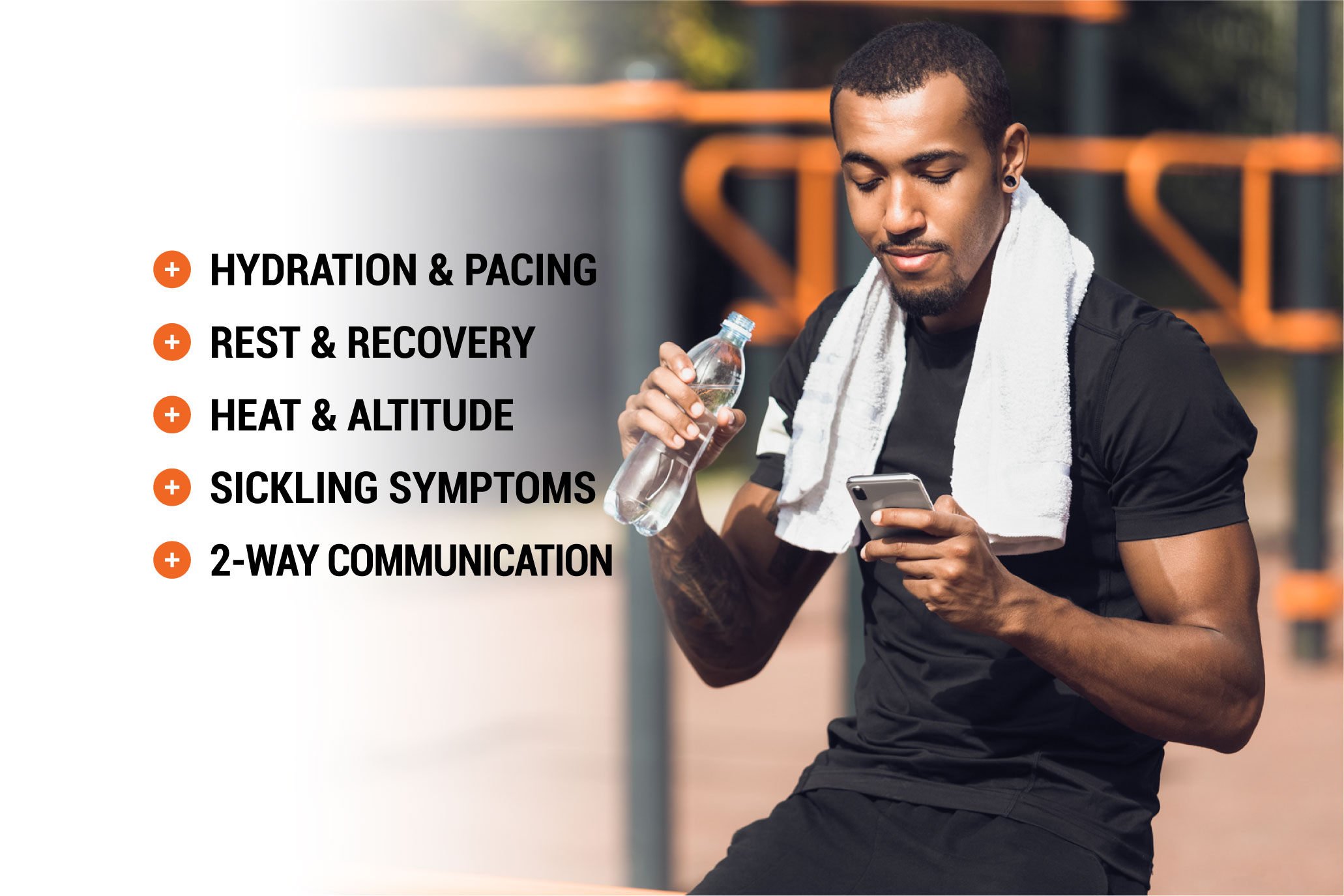Participating in regular physical activity is one of the most important things you can do for your health. This is true for everyone, including those with Sickle Cell Trait (SCT). You just have to be aware of the warning signs and complications of exercise-related illness, listen to your body, and take steps to protect yourself.
Persons who have Sickle Cell Trait can become strong and exceptional athletes in any sport while still avoiding harmful symptoms. Sickle Cell Trait can be very serious to consider when it comes to high-intensity sports. Both Coaches and Athletes need to have basic knowledge of how Sickle Cell Trait can manifest during strenuous activity to avoid serious and possibly fatal issues.



